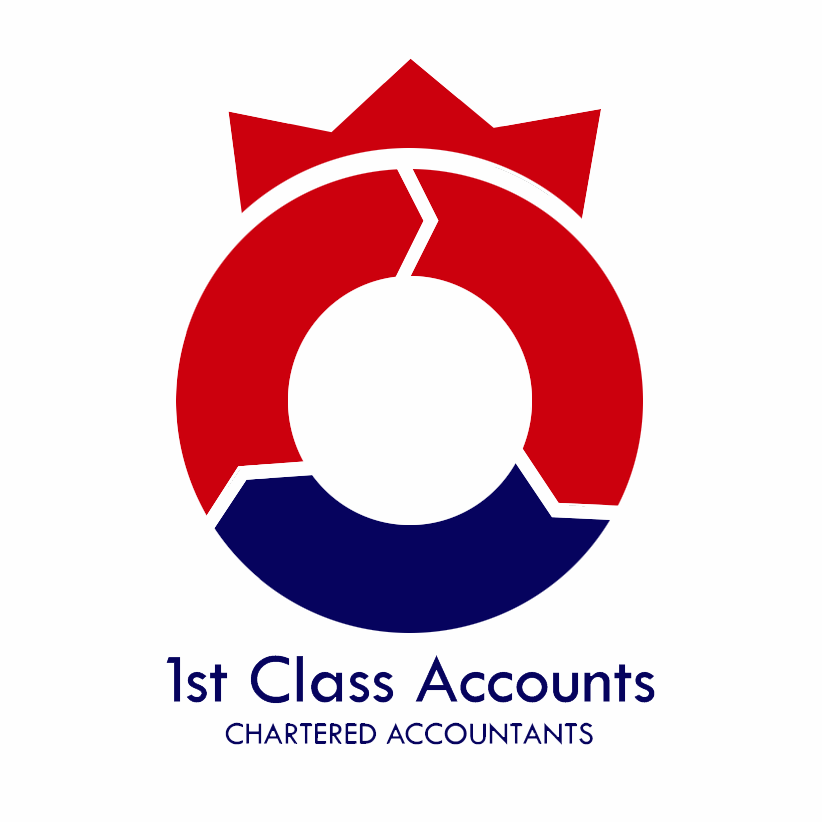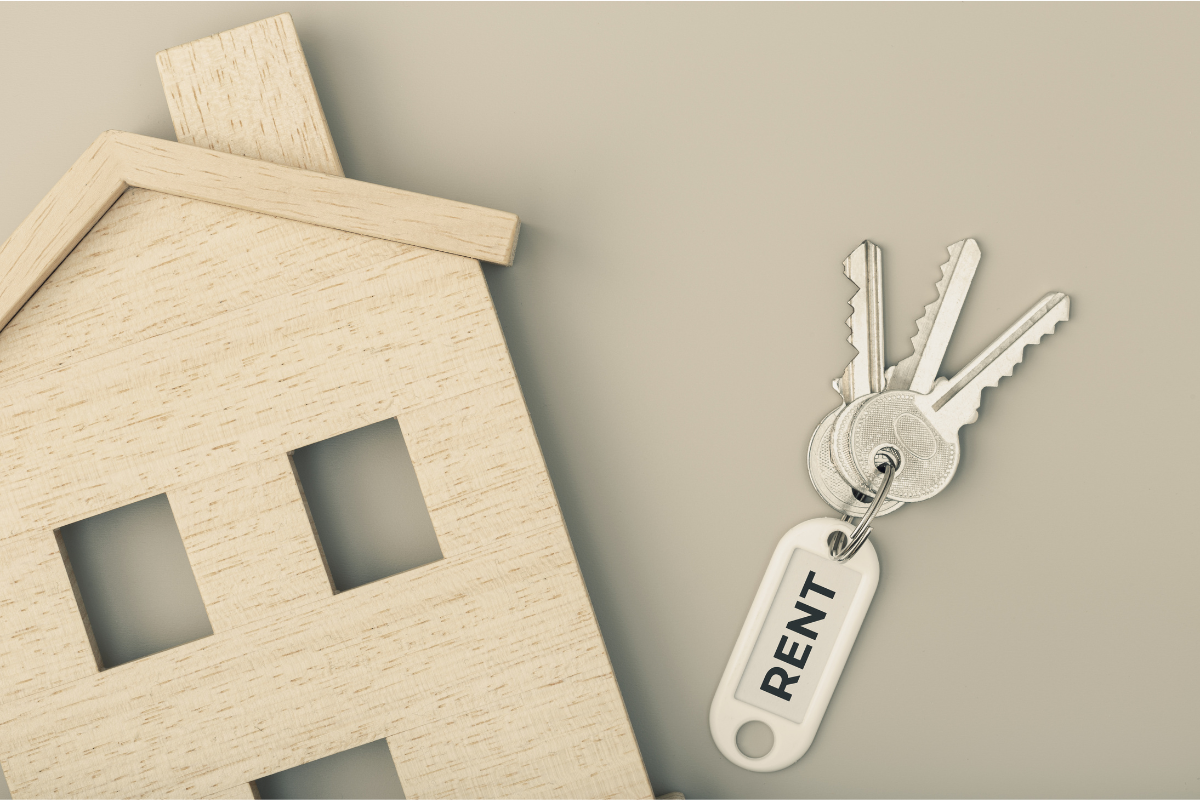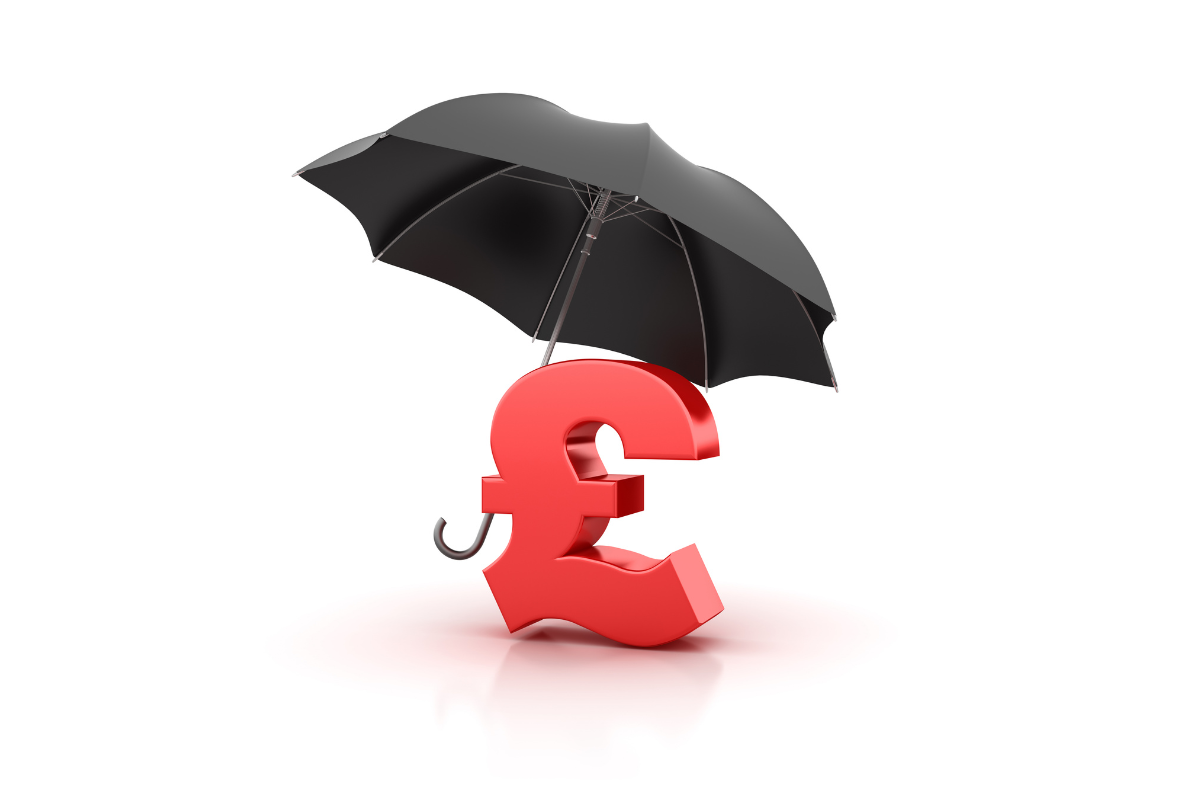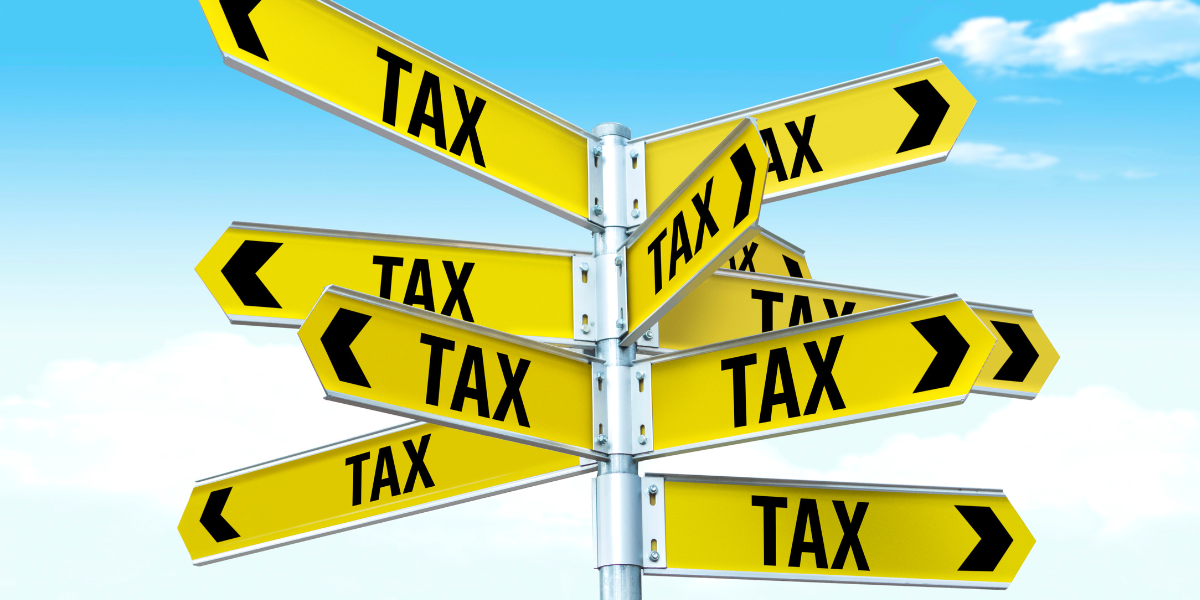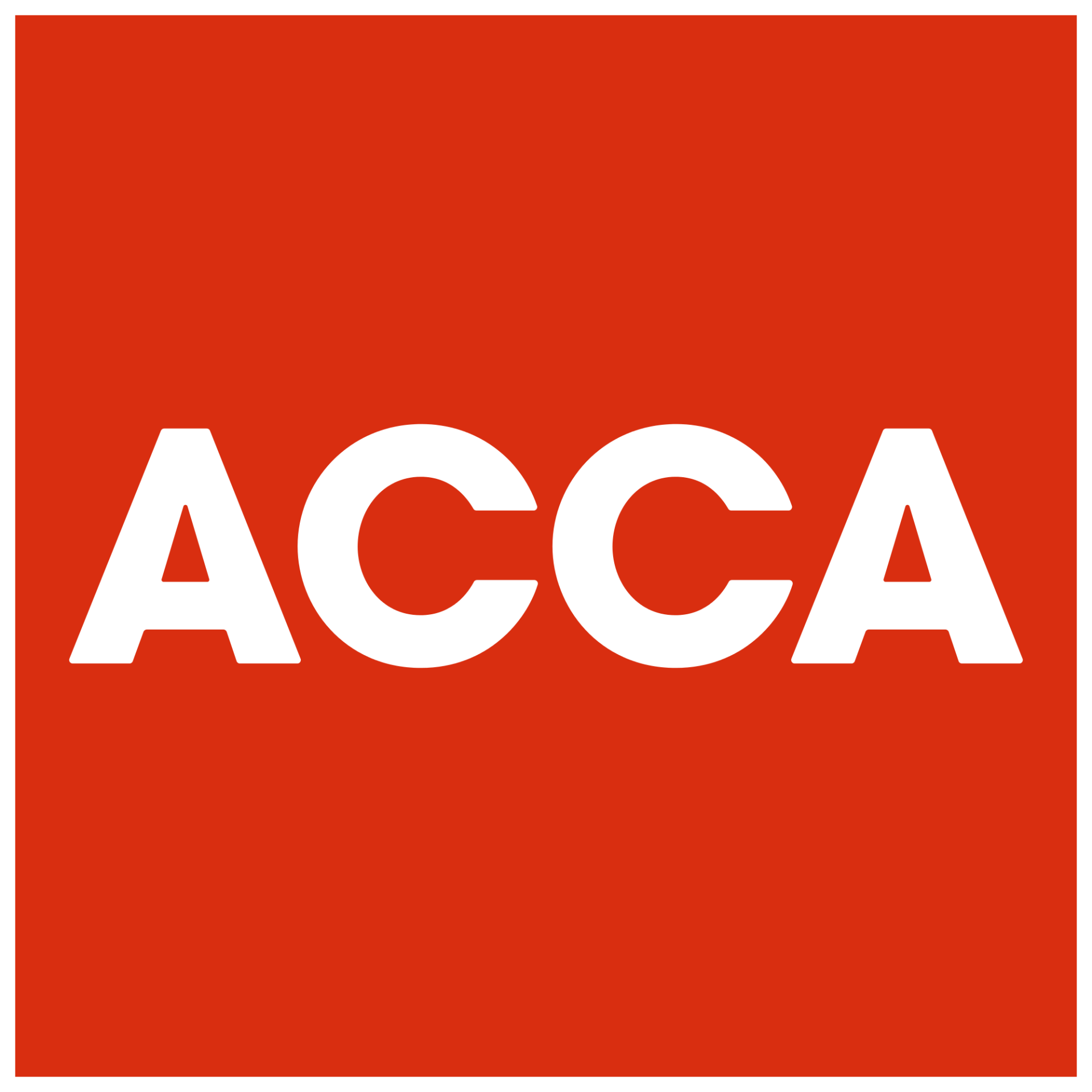VAT Domestic Reverse Charge for the Construction Industry Scheme (CIS)
Time to read: 3 minutes
The VAT reverse charge was introduced by the UK government on the 01st March 2021. The purpose of this new regulation was to help reduce ‘missing trader’ fraud, whereby a company sets up a business in the construction industry, charges VAT to its customers and simply disappears (ceases trade) before paying the tax due to HMRC.
What is the VAT domestic reverse charge?
The VAT domestic reverse charge is a major change to the way VAT is collected in the construction industry and affects both suppliers and customers that are both VAT and CIS registered.
The new legislation only applies to UK VAT-registered businesses who are supplying or receiving standard or reduced rated VAT services that operate within the Construction Industry Scheme (CIS).
HMRC have a list of when you must use and not use the VAT domestic reverse charge:
https://www.gov.uk/guidance/vat-domestic-reverse-charge-for-building-and-construction-services
The flowchart below can be used as a guide to help you understand whether you should apply the standard VAT rules or the VAT domestic reverse charge:
Guidance on invoicing for CIS where the VAT domestic reverse charge applies
When generating an invoice, it is important to ensure that the invoice includes the following:
- No VAT
- A note that states ‘the VAT domestic reverse charge applies, customer to pay VAT to HMRC’
- Details on how much VAT is due next to the note that states the VAT domestic reverse charge applies
If you require any further advice regarding the VAT domestic reverse charge, please do not hesitate to contact us.
At your service!


